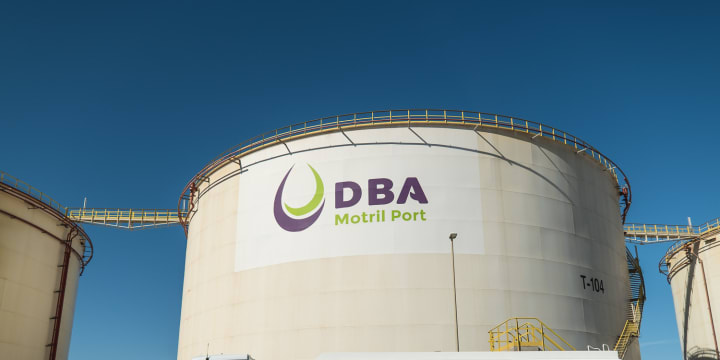This article was originally featured on ERM Insights by Carol.
Questions and considerations for making sure your company can stay in business during supply chain disruptions
A white paper published by Transvoyant titled “A Revolution in Risk Management” discusses the use of data analytics and artificial intelligence in supply chain risk management. While it was extremely interesting how companies can use the evolution of technology to understand its supply chain risk in real-time, this white paper almost made me think: how many companies are actually (and actively) managing supply chain risk?
Many people may think that supply chain risk is only for manufacturing companies. It’s not! Supply chain applies to any company with vendors, regardless of how many or if a product or service is being provided.
Those vendors are the supply chain…
Some companies like to split up the management of vendors based on which business area is being served while others want a centralized vendor management group to get the big picture. Some companies want the best of both worlds and use both approaches.
But many times, vendor management staff, regardless of location, are focused on contract compliance, meeting the agreed-upon service level agreements (SLAs), and the contract price.
There are other supply chain risks to the organization besides contract non-compliance!
Ask yourself these questions:
- Do you have a grasp of the most critical processes and functions in the company?
- What vendors support those critical processes and functions?
- Can the company function without those vendors? And does the company really need those vendors?
- How is customer service impacted if those vendors cannot provide the contracted goods (product or service)?
- How much do you know about your vendors? (Physical location, people and financial resources, technology, etc.)
- Does your contracted vendor have their own vendors they are relying upon?
- How much do you know about your vendors’ vendors? (physical location, people and financial resources, technology, etc.)
Are you scared yet? I would be if I could only answer the first few questions. And this is only the beginning of the questions to start understanding the supply chain risks for those vendors who already have contracts.
Turn Integrated Risk Management into Instant Risk Management
Introducing NAVEX IRM Out of the Box, our latest IRM solution that gets you up and running in weeks instead of months. Request your demo today to learn more.
Procurement of New Services or Products
Let’s talk about how your company goes about getting a new service or product.
The company’s management just had a great idea, but it can’t be accomplished using in-house resources only. Is there a point in the idea-making where management stops and thinks about the risks and opportunities of the idea? Of course, they may focus on the opportunities and downplay the risks, but we assume they are upfront on both sides.
- Do they scan existing vendors to see if the idea can be accomplished using an existing vendor?
- Are the requirements and solicitation documents written in such a way to favor a specific potential vendor?
Management decides to move forward with the idea and issues a solicitation for potential vendors to respond. How is risk management involved in the evaluation of the data on each vendor’s response?
We will use an example of a new human resources software system to illustrate this point.
Considering the data typically housed within the HR software, the company should be evaluating the risk associated with:
- Have software as a service (SaaS) versus stored on internal servers
- If SaaS, does vendor own the servers or is the vendor using Infrastructure as a Service (IaaS)
- Physical location of servers
- Security of servers where data will be stored (technology and physical security)
- Ownership of data
- Transmission of data (encrypted or not)
- Involvement of process improvement before selection of software
- Uptime of software (depends on criticality of software) (e.g., 99% is unacceptable because it means the software is down 1 minute of every 100 minutes. Ouch!)
- Data backups and restoration timeline
- Financial viability of the vendor to be around for the life of the contract
- Sufficient in-house vendor staff versus reliance on another vendor
These are just a few ideas and some risk areas will be specific to the circumstances.
When it comes to supply chain risk management, the key is to not keep it as a siloed activity.
There needs to be integration with the enterprise risk management (ERM) processes and program for both sides to be truly efficient and effective in their roles. Norman Marks wrote some great tips about supply chain risk management in this post.
The reality is that we hear of companies having a product on backorder or relying on a single vendor for a part. Everyone has likely heard of the Takata airbag recall, which has affected vehicles made by 19 different automakers. Maybe there should be vendor diversity within an industry, too?!
Help make your organization make risk-informed decisions regarding its vendors.
Reduce the reliance on a major vendor by recreating some redundancies for critical processes.
After all, your customers are relying on you to be able to operate in a timely function.
To learn more about how NAVEX IRM can help you address third-party risk,
Download the Third Party Risk Management Data Sheet

